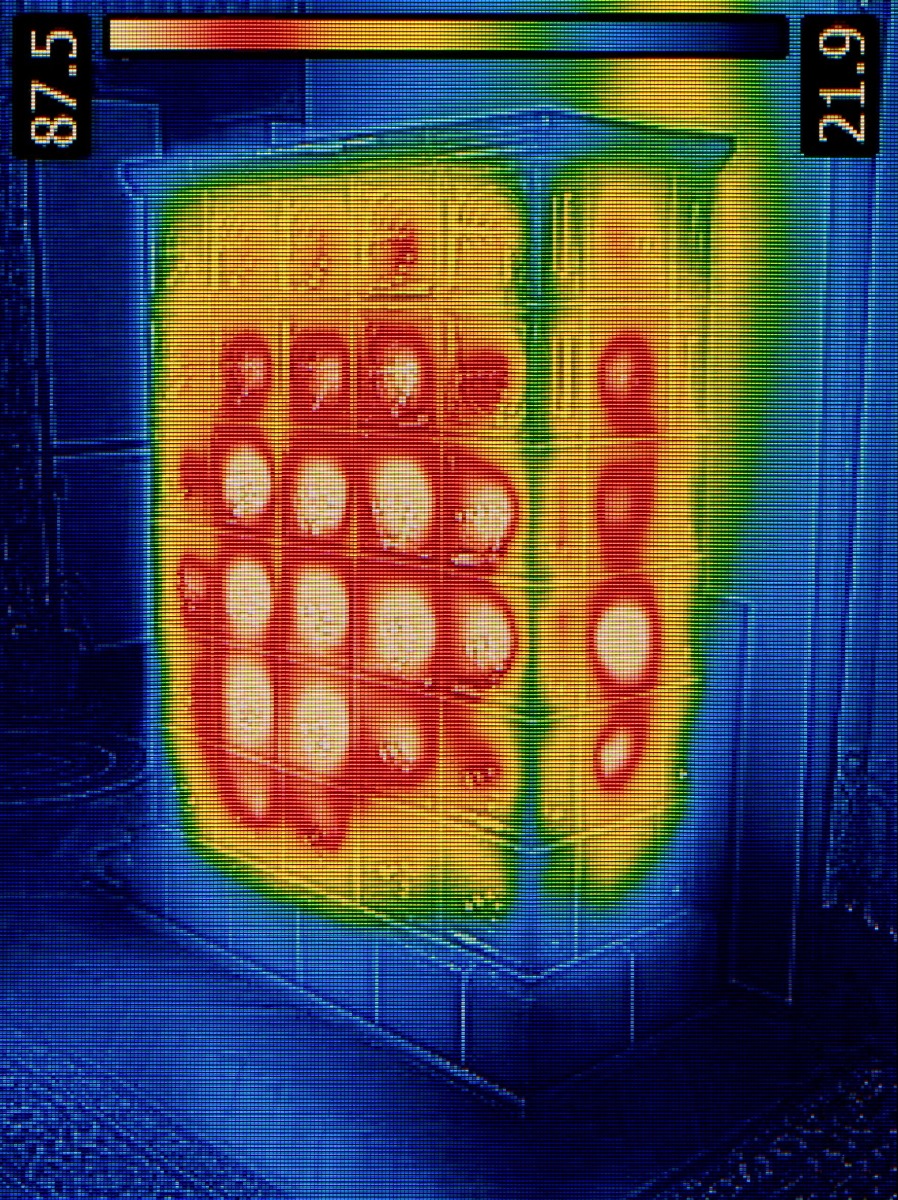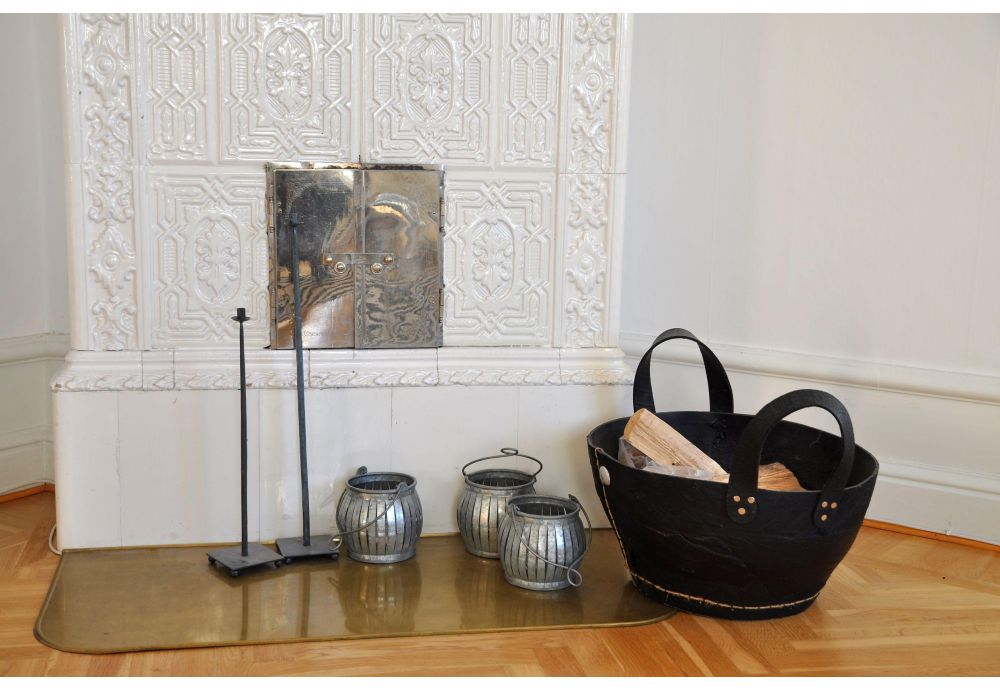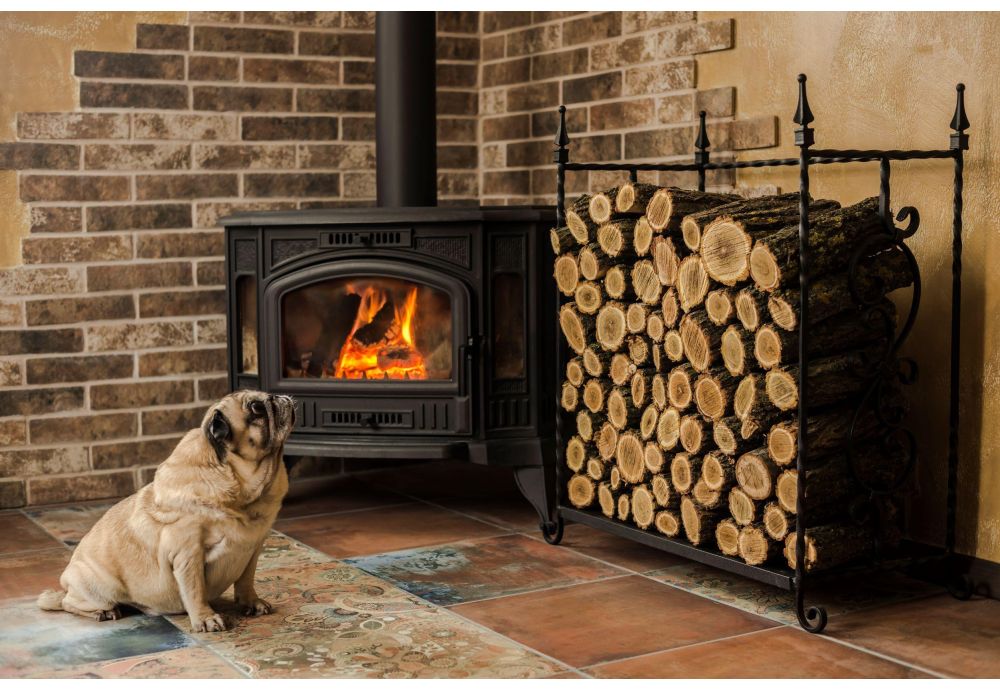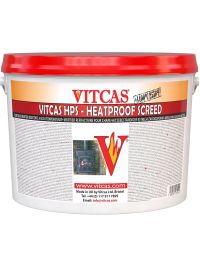Tiled stoves are a form of masonry heater with a tiled exterior. Masonry heaters go by many names such as Russian stove, Finnish fireplace or the German kachelofen (literally translates to tile oven), but they all work in the same way; heat energy given off by a high temperature fire burning for a short time is captured within a large thermal mass of masonry which then radiates the heat back at lower temperatures over many hours. This is a particularly efficient form of heating for places with long periods of cold weather where a fire would only need to be lit once or twice per day.
The Genesis of Masonry Stoves
Masonry heaters are not a recent invention. In fact, masonry heaters are an ancient technology with a long history of usage, which probably developed as a way to obtain the maximum benefit from the minimum amount of fuel when easy supplies of firewood diminished. However, the masonry heater had its breakthrough in the 19th century in Europe.
Now that the cost and supply of fuel are becoming more pressing problems and people are realising the benefits of tiled stoves, their value as a solution to provide efficient heating from a renewable source is recognised anew. This alternative to central heating keeps the room warm by giving off a pleasant heat, so you are not compromising by switching to masonry heating. In fact, the masonry heater may provide enough heat to keep adjacent rooms warm and heated too.
Masonry heaters are widely popular in Scandinavian countries, Germany, Central and Eastern Europe and the Finnish masonry heater has even garnered popularity in North America. The key features of tile stoves are the temperatures achieved in the fire and the inclusion of baffles to retain heat for longer periods of time (which is often referred to as the thermal mass of the masonry heater).
The masonry heater comes in a variety of different shapes and styles, so you can choose one that suits the interior of your house. Some types of the masonry stove include the soapstone heater, metal stove, ceramic stove, brick stove and of course, traditional wood stoves. There is also another category of masonry ovens and that is rocket mass heaters. They operate by utilising less fuel to produce as much heat as any other stove, while producing no unclean smoke from the chimney flue.
Construction of Masonry Heaters
Within the firebox, constructed from firebricks and refractory mortar, wood in any form can reach temperatures of 2000°C, which is much higher than can be achieved in a metal wood stove. At these temperatures, all the combustible gases within the wood are burned and no hydrocarbon pollutants are released, making this an environmentally friendly method of heating. Rather than travelling almost straight up a vertical chimney flue, the hot gases produced by the fire travel along smoke channels lined with firebricks which turn either from side to side, back and forth or up and down until eventually reaching the top of the chimney flue. This allows the heat to be absorbed into the mass of the stove. Once the fire is out, the damper can be almost closed to prevent cooler air entering the firebox. The heat within the masonry is then gradually radiated back into the building and can suffice for many hours. The external cladding of tiles made of ceramic, soapstone, brick or other masonry material acts as a further layer of insulation and never gets too hot to touch. A thin gap is left between the two layers to allow for expansion.

You can find products for fireplaces and stoves in our shop, as well as products for maintaining the chimney flue, such as our Chimney and Flue CFC Cleaner.
Due to the large mass of the tile stove (stoves generally weigh between 700kg and 1,500 kg), it is not always suitable for buildings with basements and does need solid foundations. Because tile stoves radiate heat in all directions, they should not be built against outside walls, but they do work well as part of a dividing wall between two rooms and can be used to heat both. Heating up the stove takes several hours, so some modern masonry heaters incorporate a fan which blows heated air into living spaces while the fire is burning.
The Aesthetic of Tile Stoves
With a wide variety of cladding options, a tile stove can look rustic and traditional or the height of contemporary chic with cool lines and a high gloss finish. In the past, tiles were often highly decorated with elaborate designs and bright colours. By the early years of the sixteenth century, European potters had mastered the production of blue, green, brown and yellow in lead-glazed pieces. Modern tile stoves tend to be plainer in aspect, allowing other items to serve as the focal point in a room of your house, but give this age old method of heating a new lease of life.
Other functions of a tiled stove
A less well known function of the masonry heater is that it can be used for cooking too. You can do so by installing an oven inside a tiled stove or masonry heater...and voila! Get ready to start cooking and baking a variety of yummy dishes including pizza, among many other dishes!
To learn more about building your own stove or fireplace, read our blog article on Building a Fireplace- Heat Accumulation and Insulation.
More products for tile stoves, such as HB10 and HB60 Adhesive, Heat Resistant Tile Adhesive, Fireproof Screed and Accumulation Fireboard, you can find in our shop.














